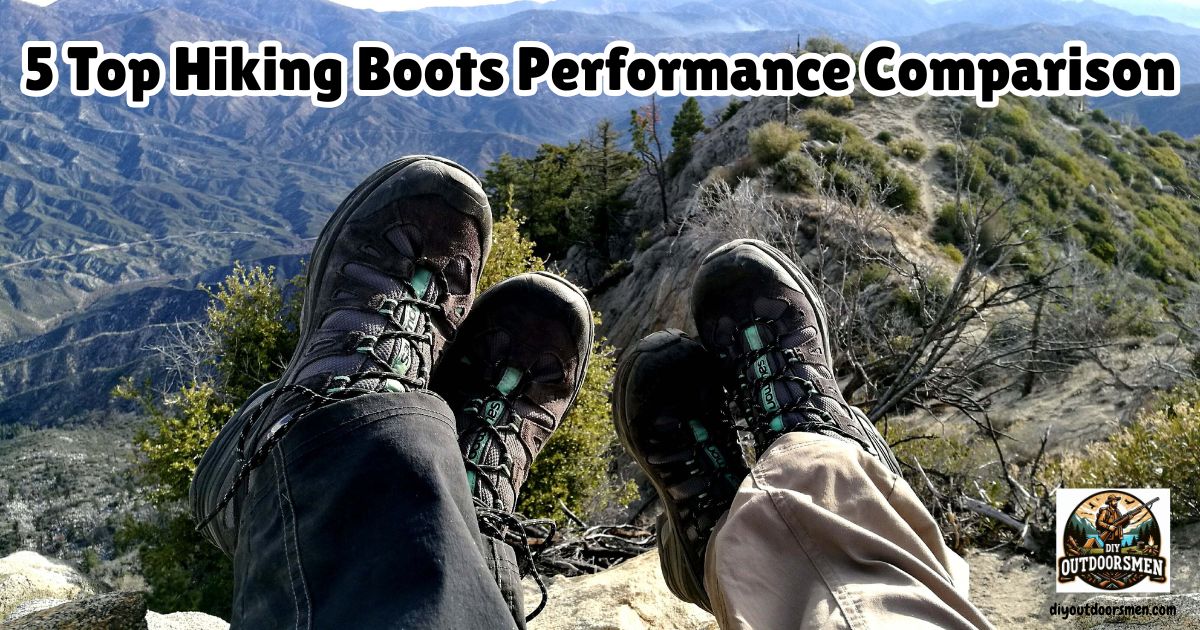Contents
Finding the right pair of hiking boots can make a huge difference in how enjoyable your time outdoors will be. I’ve spent years hiking on trails ranging from easy walks in local parks to multiday treks over rocky mountains, and I want to share what I’ve learned from trying and comparing different boots.
QUICK LOOK: Tips for Choosing Hiking Boots
- Fit matters more than anything else. Try boots on with the socks you’ll hike in. Walk around the store or at home to spot any rubbing or pinching.
- Think about the typical weather. If you often encounter rain, snow, or wet conditions, waterproof boots are worth the investment.
- Factor in your backpack weight. Heavier packs need more stable and supportive boots to avoid foot fatigue.
- Check tread pattern. More aggressive tread works better for muddy or uneven surfaces. Less aggressive soles are fine for dry, flat terrain.
- Break boots in slowly. Even boots that feel good at first can start rubbing after a couple of hours. I like to use them on shorter walks before trying them on a longer hike.
Whether you’re gearing up for your very first hike or need to upgrade your old boots, understanding the performance and differences among popular hiking boots can save your feet from a lot of pain down the road.
Key Features to Look For in Hiking Boots
If you’re new to hiking, the choices can seem overwhelming. I sometimes see shelves packed with boots that all look somewhat alike but claim different strengths. When I’m checking out a new pair, I focus on a few main features: weight, waterproofing, comfort, durability, traction, and breathability. These elements can affect not only your comfort but also your safety on the trail.
- Weight: Light boots are less tiring over long distances. Heavier boots tend to be more protective and supportive, but can make your feet feel heavy by the end of the day.
- Waterproofing: Many boots use Gore-Tex liners or similar technology to keep water out. I find this important if you hike in wet or unpredictable weather.
- Comfort: Cushioning, fit, and support matter a lot on long hikes. Boots with plush footbeds and ergonomic designs help prevent blisters and sore feet.
- Durability: Tough materials and solid construction keep boots performing well through plenty of use.
- Traction: Good tread design helps with grip on slippery rocks or mud.
- Breathability: Boots that allow airflow keep your feet cooler and drier during hot weather or energetic hikes.
When making my choice, I weigh these features against what kind of hiking I’ll be doing most often. Comfort and waterproofing matter a lot to me, especially if I know I’ll be out for several hours or end up in the rain. Durability and tread are also high on my checklist if I plan to hit rugged or unpredictable trails. The right balance for you might be different, depending on whether you value agility, long-lasting materials, or the lightest feel for quick day hikes.
Top Performance Hiking Boots: Reviewed and Compared
I’ve worn and tested several highly rated boots over the past few years, sometimes back to back on the same types of terrain, so I could spot the differences. Here’s a rundown of what I’ve found with some of the most popular models on the market today.
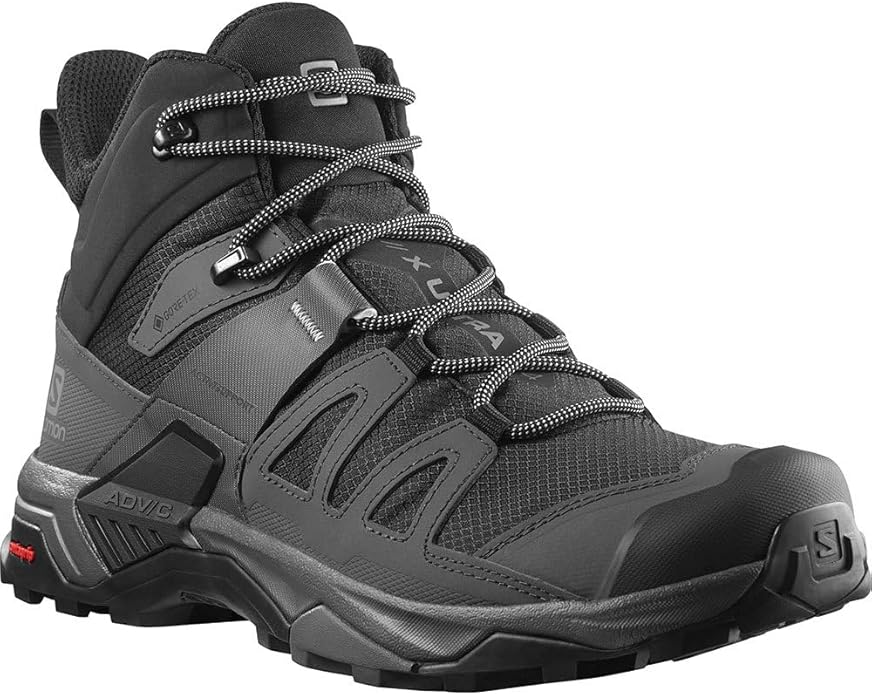
Salomon X Ultra 4 Mid GTX:
This boot is a go-to choice for those who want lightweight performance. On a recent weekend loop, my feet felt agile and supported, even with a moderate pack. The traction is reliable on both dry dirt and loose gravel. The waterproofing holds up well, and I appreciated the breathable upper during warm days. For me, it manages to balance support and comfort, especially if you like to move quickly and don’t want to feel weighed down.
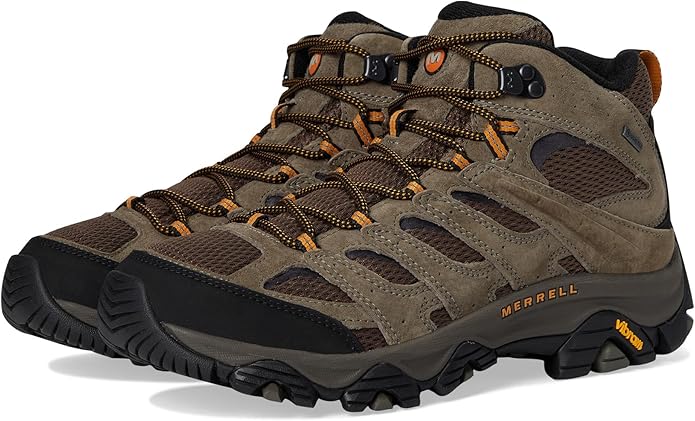
Merrell Moab 3 Mid GTX
The Moab line is popular among hikers, and after logging dozens of miles in these, I see why. They’re comfortable right out of the box, with no break-in period needed. I wore them for a rainy day hike and found the waterproofing to be trustworthy. For folks watching their budget, these boots deliver great value, especially if your hiking is mostly on established trails or you’re sticking to moderate terrain.
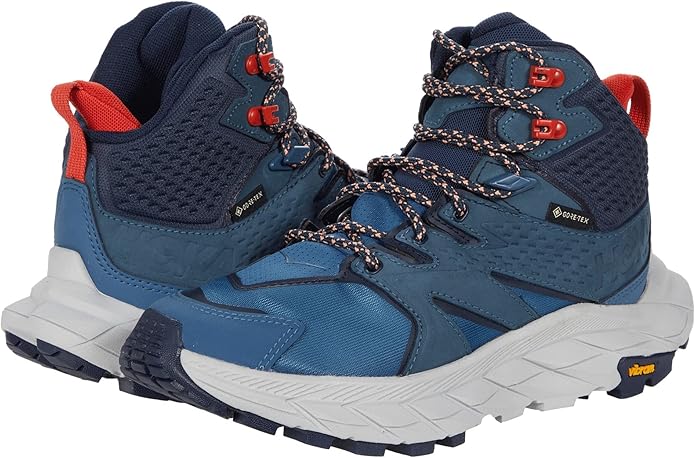
Hoka Anacapa 2 Mid GTX
If cushioning is your top priority, this is one of the most comfortable boots I’ve tried. I sometimes get sore heels after long descents, but the thick midsole here really makes a difference. These are great for anyone who tackles longer trails, particularly if you like an athletic, sneaker-like feel with the protection of a true hiking boot. They manage to give a plush ride, making even tough days on the trail feel more manageable.
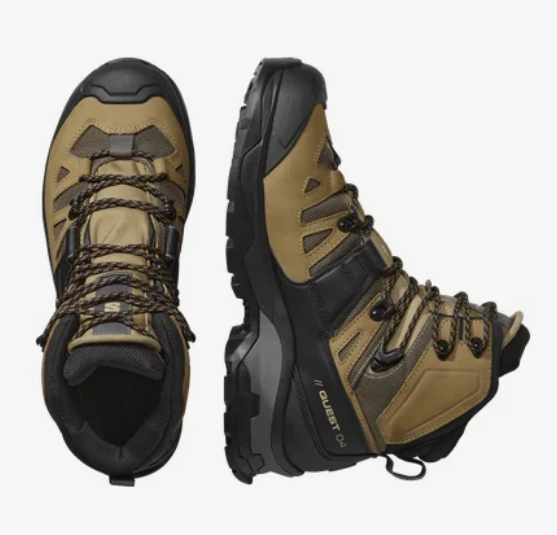
Salomon Quest 4 GTX
For longer backpacking trips with more weight, I rely on the Quest 4 GTX. The support around the ankles feels strong, and the rugged build handles rocks, roots, and mud with no trouble. These boots are heavier than some others, but when I was carrying a loaded pack for two days, I felt secure and stable the whole time—a solid option for extended treks where you can’t take risks with support and stability.
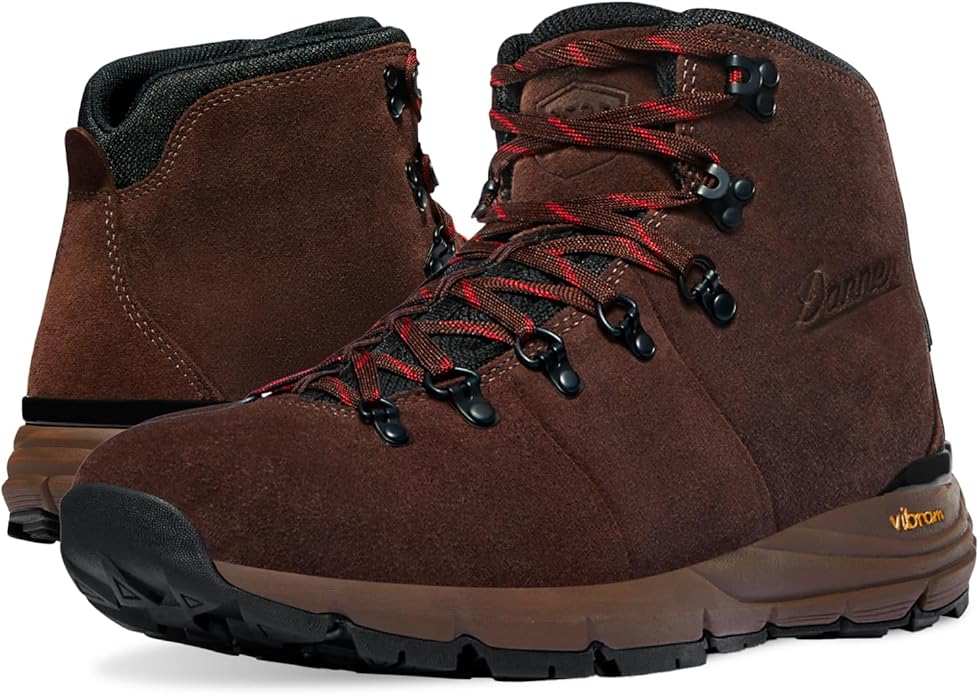
Danner Mountain 600 Leaf GTX
I put the Mountain 600 through some serious mud and uneven paths this spring. The design feels both sturdy and surprisingly lightweight. The grip gave me confidence, and I liked how they looked even off the trail. These boots mix classic style with modern materials that help out a lot with comfort and stable footing, so they’re great if you want something that looks good in town and holds up in the wild.
Notable Hiking Boots Alternatives Worth Considering
A few other models stood out to me, especially for hikers who have specific needs or want something unique. The Altra Lone Peak Hiker 3 is fantastic if you value lightweight construction and extra cushioning; trail runners and speedy hikers often choose this boot for its flexible and airy feel.
Meanwhile, the La Sportiva TX Hike Mid Leather GTX caught my attention for technical trails where extra reinforcement around the toes and underfoot is crucial. I also tested the Adidas Terrex Free Hiker 2.0 Gore-Tex, which uses Boost foam similar to their running shoes. These are extra springy and responsive, making long-distance hikes easier on the joints.
The Hoka Kaha 2 GTX, on the other hand, matches its cousin, the Anacapa, in terms of plushness, though the Kaha is burlier and better for rough terrain or carrying heavy loads. Each of these choices comes with its unique strengths, depending on your preferred hiking style and terrain.
Tips for Choosing the Right Hiking Boots
With all these choices, your decision comes down to a few personal factors. I always ask myself about the kinds of trails I’ll hike most and whether I need boots for day outings, full backpacking trips, or something versatile. Here are some tips based on my own buying and hiking experiences:
- Fit matters more than anything else. Try boots on with the socks you’ll hike in. Walk around the store or at home to spot any rubbing or pinching.
- Think about the typical weather. If you often encounter rain, snow, or wet conditions, waterproof boots are worth the investment.
- Factor in your backpack weight. Heavier packs need more stable and supportive boots to avoid foot fatigue.
- Check tread pattern. More aggressive tread works better for muddy or uneven surfaces. Less aggressive soles are fine for dry, flat terrain.
- Break boots in slowly. Even boots that feel good at first can start rubbing after a couple of hours. I like to use them on shorter walks before trying them on a longer hike.
Testing boots with different socks and carrying your intended pack weight can help you catch any issues before you head out for real. Don’t hesitate to check in with staff at outdoor stores for recommendations, as they often have up-to-date info on the models you’re considering and can offer you fitting tips specific to your feet.
Common Questions About Hiking Boots
New hikers often ask me about boot care, fit, and what to do when the trail gets tricky. Here are answers to some questions I’ve gotten from folks just starting:
How do I know when it’s time to replace my boots?
In my experience, boots last anywhere from 400 to 800 miles, depending on the terrain and how hard you use them. If you notice the sole losing traction, the midsole feels flat, or the upper material shows major wear, it’s usually time to track down a new pair.
Are trail runners a good alternative to hiking boots?
I sometimes wear trail runners for smooth or short trails, but for rocky or extra wet conditions, I stick with boots for more support and safety.
How can I keep my boots in good condition?
After every hike, I brush off dirt, let them air out completely, and sometimes add waterproofing treatment to help the material last. Storing them somewhere dry and out of direct sunlight also keeps them in better shape for longer.
Real-World Impact: Hiking Boots for Different Types of Hikers
The right hiking boot gives you confidence to take on new terrain, and I’ve noticed my enjoyment on the trail always gets a boost with the right gear. Day hikers tend to love lighter models like the Salomon X Ultra or Merrell Moab, while long-distance backpackers need the toughness and stability of the Salomon Quest 4 GTX or the Danner Mountain 600. Casual walkers, meanwhile, usually find the cushioning in Hoka boots a great match for city parks and mellow trails.
- Backpacking: Go for extra ankle support, a strong build, and waterproofing. The Salomon Quest 4 GTX or Danner Mountain 600 are reliable picks.
- All-day comfort: Prioritize a plush midsole and roomy toe box, like the Hoka Anacapa 2 or Hoka Kaha 2 GTX. They’re made for long treks and tired feet.
- Smart spenders: The Merrell Moab 3 is a good buy, offering comfort and trail-ready performance for its price.
- Technical terrain: Try the La Sportiva TX Hike for reinforced toes and durable soles, especially if you’re often scrambling or navigating rocky ground.
- Fast hikers and trail runners switching to boots: The Altra Lone Peak Hiker 3 or Adidas Terrex Free Hiker 2.0 Gore-Tex are lightweight, flexible, and responsive.
Trying different boots and asking around at your local outdoor store has paid off for me every time. If you can, take a test walk on a small slope or rocky patch before making your final call. The care you take picking the right boot means happier feet and a more enjoyable adventure—your feet will thank you with every step out on the trail.
Most Recent Hiking Articles:
- 7 Tips For Hunting The Elk Migration
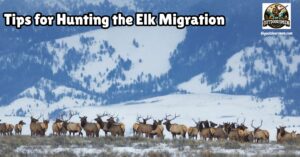
- 6 Key Features of Ultralight Telescopic Fishing Rods For Backpackers
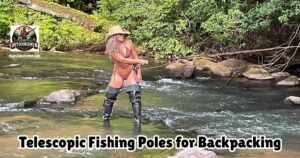
- 5 Things To Look For In A Backpacking Sleeping Bag
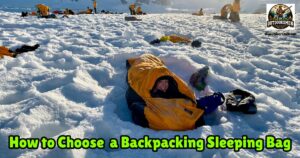
- 7 Tips on Fishing Gear For Backpacking

- 6 Tips on How To Choose A Backpacking Tent

- 5 Durable Hiking Boots Under $100 For New Hikers

As always, stay safe, enjoy the journey, and please try to leave it cleaner than you found it. If you have any comments, questions, ideas, or suggestions, please leave them in the comment section below, and I’ll get back to you ASAP. You can follow us on YouTube: Man Art Creations for videos of our DIY Adventures.
P.S. Thanks so much for checking out our blog; we really appreciate it. Just so you know, we may receive a commission if you click on some of the links that appear on our site. This helps us keep our content free and up-to-date for everyone. We appreciate your support!

